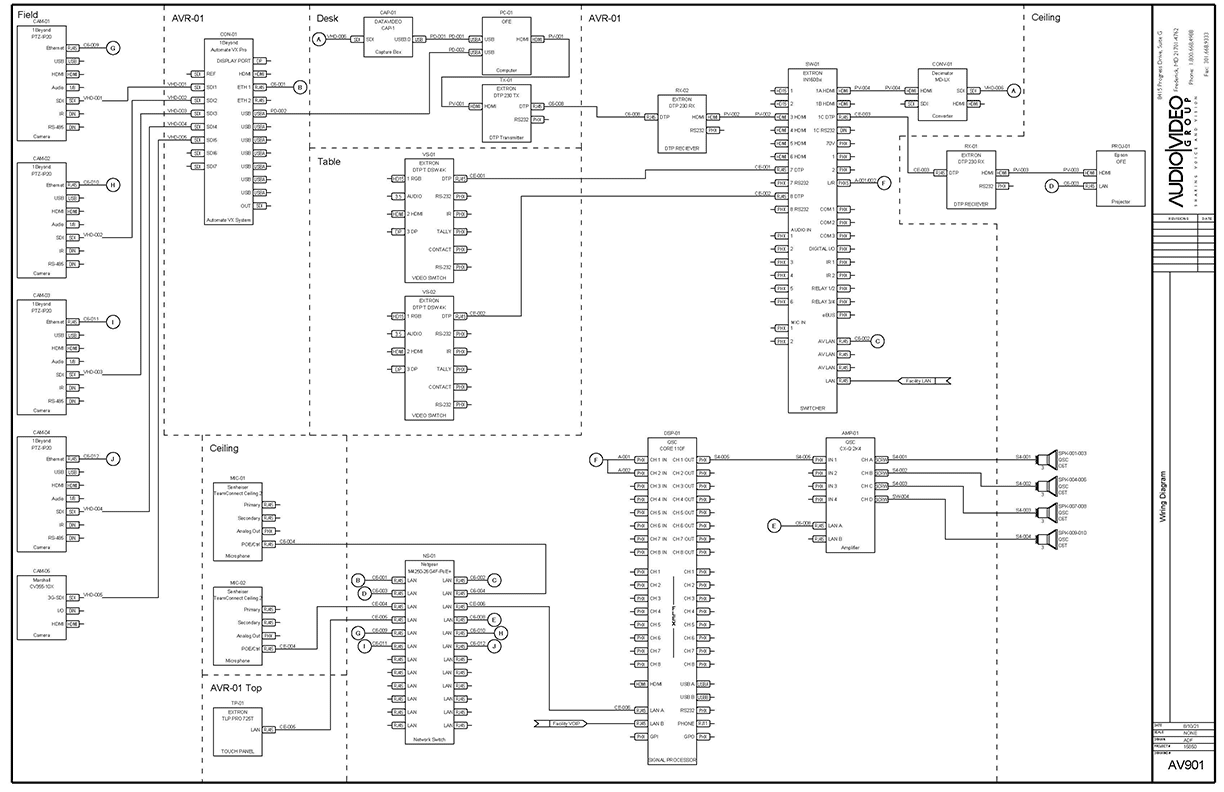Revolutionizing Transmission with Innovative Audio via IP Solutions toward a Connected Tomorrow
Revolutionizing Transmission with Innovative Audio via IP Solutions toward a Connected Tomorrow
Blog Article
This world of media is experiencing a major transformation thanks to innovative audio over IP (AoIP) technologies. Such developments are revolutionizing the way audio content is created, distributed, and consumed. Audio over IP refers to the approach of transmitting audio signals over a computer network, using Internet Protocol (IP) instead of conventional analog techniques. This transition not only improves the standard of audio delivery but also offers broadcasters with more freedom and authority over their programming.
A single major benefit of audio over IP technology is its capability to connect various devices and systems efficiently. Classic broadcasting often relied on complex wiring and physical connections, which could be cumbersome and limited. With AoIP, broadcasters can easily connect microphones, mixers, and additional devices through a common network. This convergence allows for remote broadcasting and live streaming from virtually any location, making it easier to reach audiences across the globe. As a consequence, broadcasters can react quickly to ongoing issues and audience demands, leading to more dynamic and engaging content.
Additionally, AoIP systems facilitates superior audio formats that improve the listening experience. In contrast to conventional broadcasting techniques, which may compromise sound quality, audio over IP can maintain the purity of the audio stream throughout the transmission process. This implies that listeners can enjoy crisper and richer sound, regardless of whether they are listening in via radio, broadcasting online, or using mobile devices. The capability to deliver premium audio is particularly crucial for music and discussion programs, where every detail matters to the audience.
Additionally, the implementation of audio over IP technologies can lead to financial efficiencies for broadcasters. By using existing infrastructure infrastructure, organizations can eliminate the need for costly hardware and extensive cabling. This not only lowers initial costs but also decreases maintenance costs over time. Media firms can distribute resources more effectively, investing in production and talent growth. As a consequence, the entire broadcasting industry can gain from increased innovation and creativity, as financial resources are redirected toward improving programming and interacting with listeners.
In conclusion, the shift towards audio over IP systems is changing the broadcasting landscape. By enabling smooth links, enhancing audio quality, and lowering costs, AoIP is clearing the path to a more connected future in broadcasting. As broadcasters continue to adapt to these changes, they will be better equipped to meet the demands of their listeners, create compelling content, and stay competitive in an constantly changing commercial speaker installation industry. The prospects of broadcasting is bright, and audio over IP will play a key role in shaping how we interact with audio programming in the years to come.